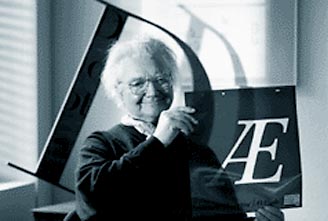➢ Absolute Measurements – measurements of fixed values (points, picas, millimeters). These values cannot be altered.
➢ Relative Measurements – There is no set or absolute size. It is relative or based on the size of type that is being set.
➢ Points - point is a unit of measure that expresses type size and leading. (72 points = 1 inch, 12 points = 1 pica))
➢ Picas – A unit of measure that expresses line length and column width (1 pica = 12 points, 6 picas = 1 inch)
➢ x-Height – the height of the lowercase letters
➢ The Em – a measurement linked to the size of type, to define basic spacing functions.
➢ The En – Unit of measurement equal to half of one em. (72pt font the en would be 36 points). Used to denote nested clauses
➢ Dashes – short horizontal rules that serve various specific functions.
➢ Alignments – position of type within a text block, in both the vertical and horizontal planes.
o Justification - adjustments made to the spaces between text to make the left or right margins line up.
o Flush Left – Text is tight and aligned to the left margin
o Flush Right – Text is tight and aligned to the right margin. Often used for picture captions.
➢ Letterspacing – adds space between letters to open up text
➢ Kerning - removal of space between characters
➢ Tracking – Adjusts the amount of space between letters.
➢ Word Spacing – Adjust the amount of space between words
➢ Widow – A lone word at the end of a paragraph
➢ Orphan – The final one or two words of a paragraph separated from the main paragraph to form a column. (Should be avoided at all costs)
➢ Leading – Space between the lines of text in a text block
➢ Indent – allows some or all of the text lines to be moved in from the margin by a specified amount.
➢ First Line Indent – Text is indented from the left margin in the first line of the second and subsequent paragraphs
➢ Hanging Indent – Indentation from the left or right margin, which affects several text lines. The first line of text is not indented.








